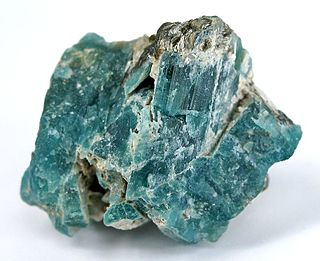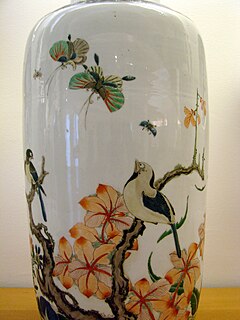This page is based on this
Wikipedia article Text is available under the
CC BY-SA 4.0 license; additional terms may apply.
Images, videos and audio are available under their respective licenses.

Geckolepis is a genus of geckos, commonly referred to as fish scale geckos, which are endemic to Madagascar and the Comoro Islands. They are nocturnal, arboreal, insectivorous lizards, found in primary and secondary forest, as well as degraded habitats. They are best known for their ability to lose their skin and scales when grasped by a predator.

Alphonse Milne-Edwards was a French mammalologist, ornithologist and carcinologist. He was English in origin, the son of Henri Milne-Edwards and grandson of Bryan Edwards, a Jamaican planter who settled at Bruges.

Grandidier's mongoose, also known as the giant-striped mongoose or Grandidier's vontsira, is a small carnivoran that lives only in a very small area of southwestern Madagascar, in areas of spiny forest vegetation. It is pale brown or grayish coloured, with eight wide, dark stripes on its back and sides. Grandidier's mongoose is larger than the related broad-striped Malagasy mongoose, G. fasciata, and its stripes are not as wide. The species is named after Alfred Grandidier.

Galidiinae is a subfamily of carnivorans that is restricted to Madagascar and includes six species classified into four genera. Together with the three other species of indigenous Malagasy carnivorans, including the fossa, they are currently classified in the family Eupleridae within the suborder Feliformia. Galidiinae are the smallest of the Malagasy carnivorans, generally weighing about 600 to 900 g. They are agile, short-legged animals with long, bushy tails.

Adansonia grandidieri, sometimes known as Grandidier's baobab, is the biggest and most famous of Madagascar's six species of baobabs. This imposing and unusual tree is endemic to the island of Madagascar, where it is an endangered species threatened by the encroachment of agricultural land.
Microgale is a genus of mammal in the family Tenrecidae. There are 21 living species on the island of Madagascar and one extinct species known from a fossil. Some species have been discovered in the last twenty years.

Joseph Charles Hippolyte Crosse was a French conchologist.
Events from the year 1836 in France.

Hypogeomys australis is an extinct rodent from central and southeastern Madagascar. First described in 1903, it is larger than its close relative, the living Hypogeomys antimena, which occurs further west, but otherwise similar. Average length of the femur is 72.1 mm, compared to 63.8 mm in H. antimena. One of the few extinct rodents of Madagascar, it survived to at least around 1536 BP based on radiocarbon dating. Little is known of its ecology, but it may have lived in burrows like its living relative and eaten some arid-adapted plants.

Grandidier Channel is a navigable channel between the west coast of Graham Land, Antarctica, and the north end of the Biscoe Islands, extending from Penola Strait southwestward to the vicinity of Larrouy Island. It was first charted by the French Antarctic Expedition, 1903–05, and named by Jean-Baptiste Charcot for Alfred Grandidier, President of the Paris Geographical Society. Charcot applied the name to the entire body of water between the mainland and the Biscoe Islands but the name has since been restricted to the navigable portion described.

Furcifer antimena, also known as the Antimena chameleon, is a species of chameleon that is endemic to southwest Madagascar. It was initially described by French naturalist Alfred Grandidier in 1872.

Grandidier's tufted-tailed rat is a species of rodent from the family Nesomyidae. Morphological evidence suggests that Grandidier's tufted-tailed rat is most closely related to Petter's tufted-tailed rat, E. petteri. However, Grandidier's tufted-tailed rat is the smaller of the two species.

Grandidierite is an extremely rare mineral and gem that was first discovered in 1902 in southern Madagascar. The mineral was named in honor of French explorer Alfred Grandidier (1836–1912) who studied the natural history of Madagascar..

Oplurus saxicola is a saxicolous iguana. The name of this species, saxicola, comes from the Latin saxum, meaning stone or rock, as they live within that environment.

Grandidier's Madagascar swift is a species of saxicolous lizard in the family Opluridae. The species is endemic to Madagascar.

Didierea is a genus of succulent flowering plants in the family Didiereaceae. It is dedicated to naturalist Alfred Grandidier (1836-1921).
















